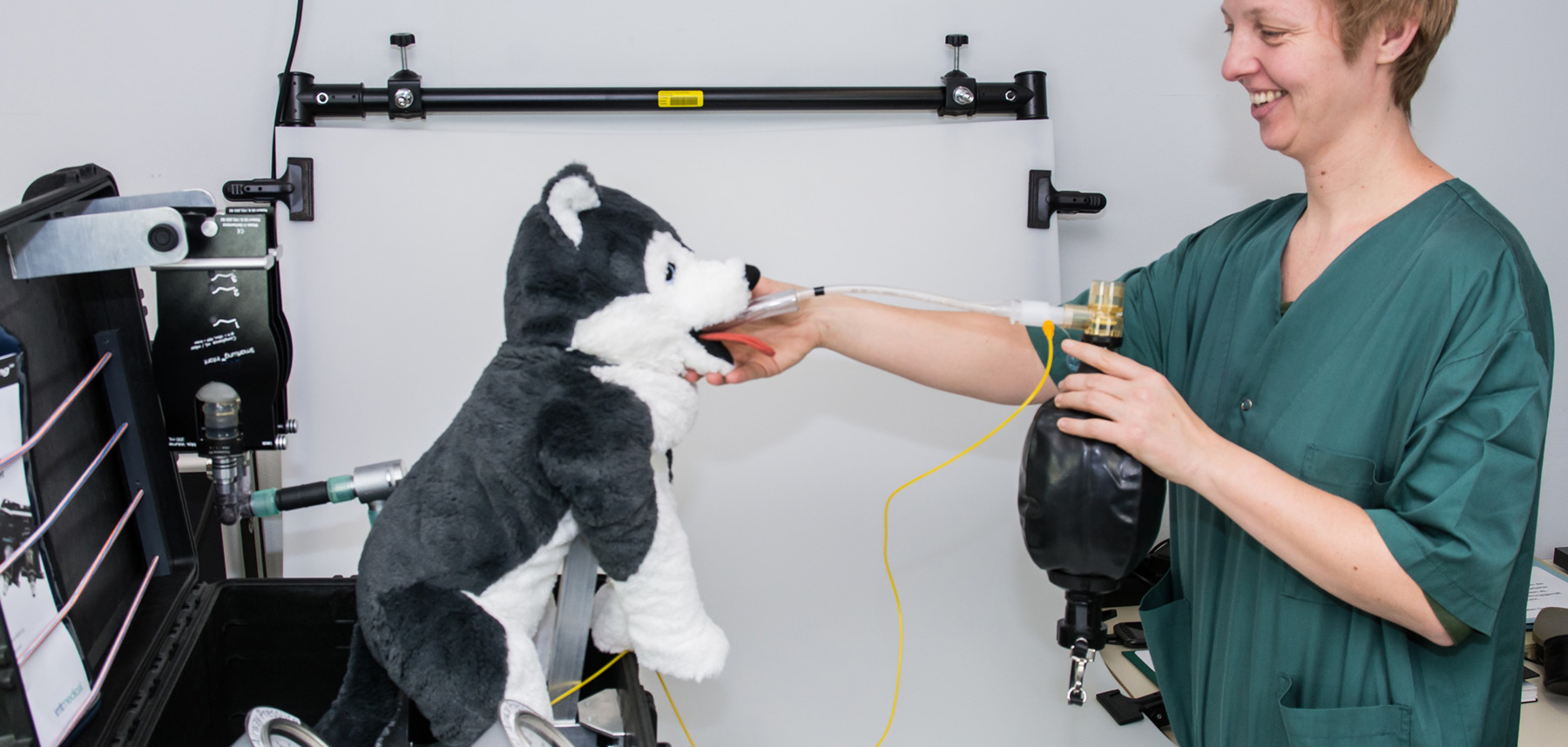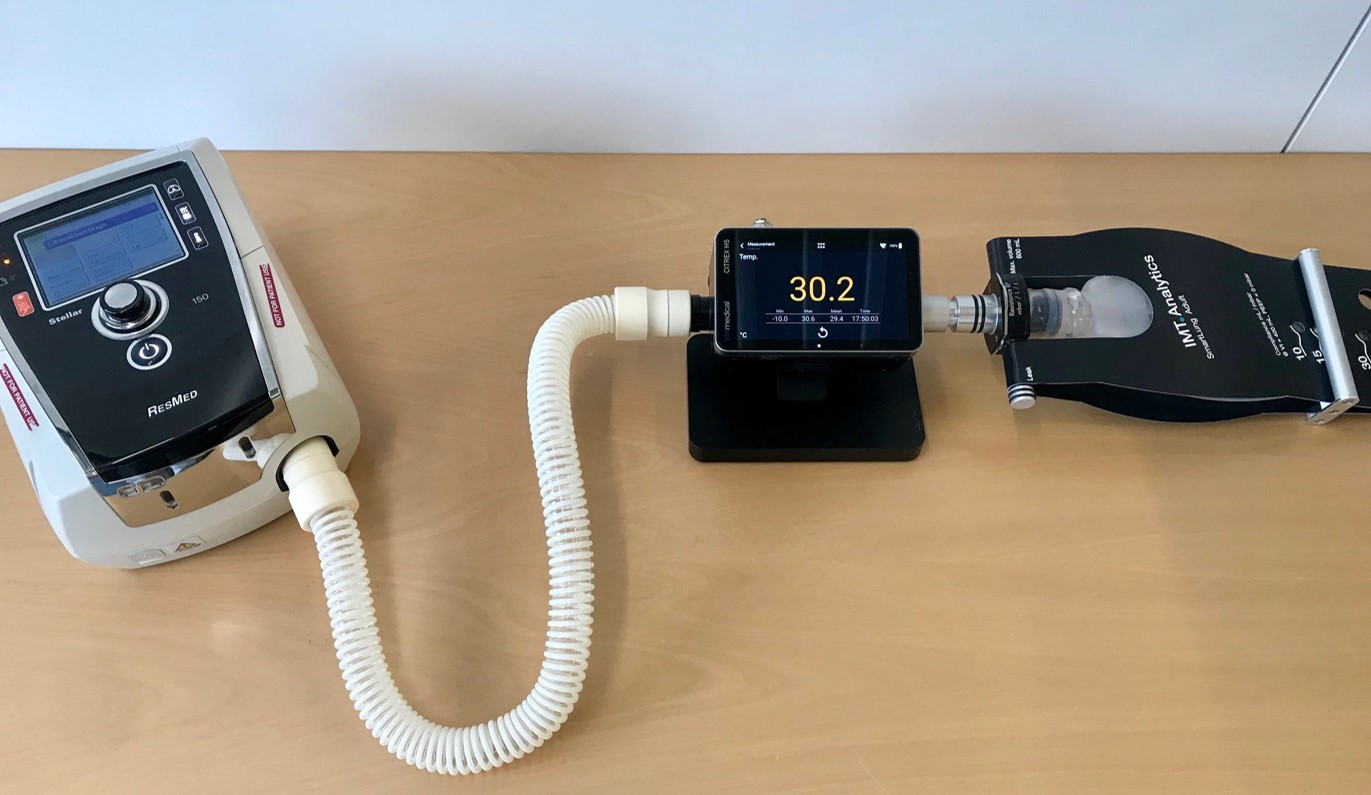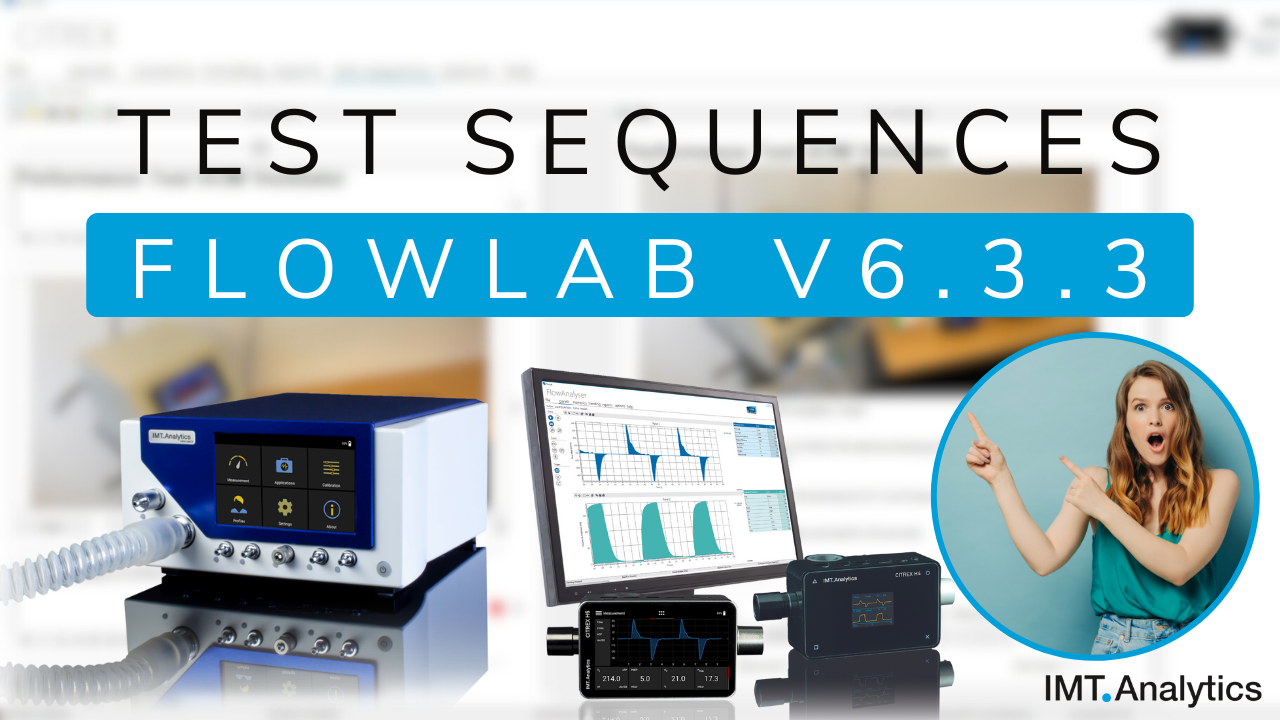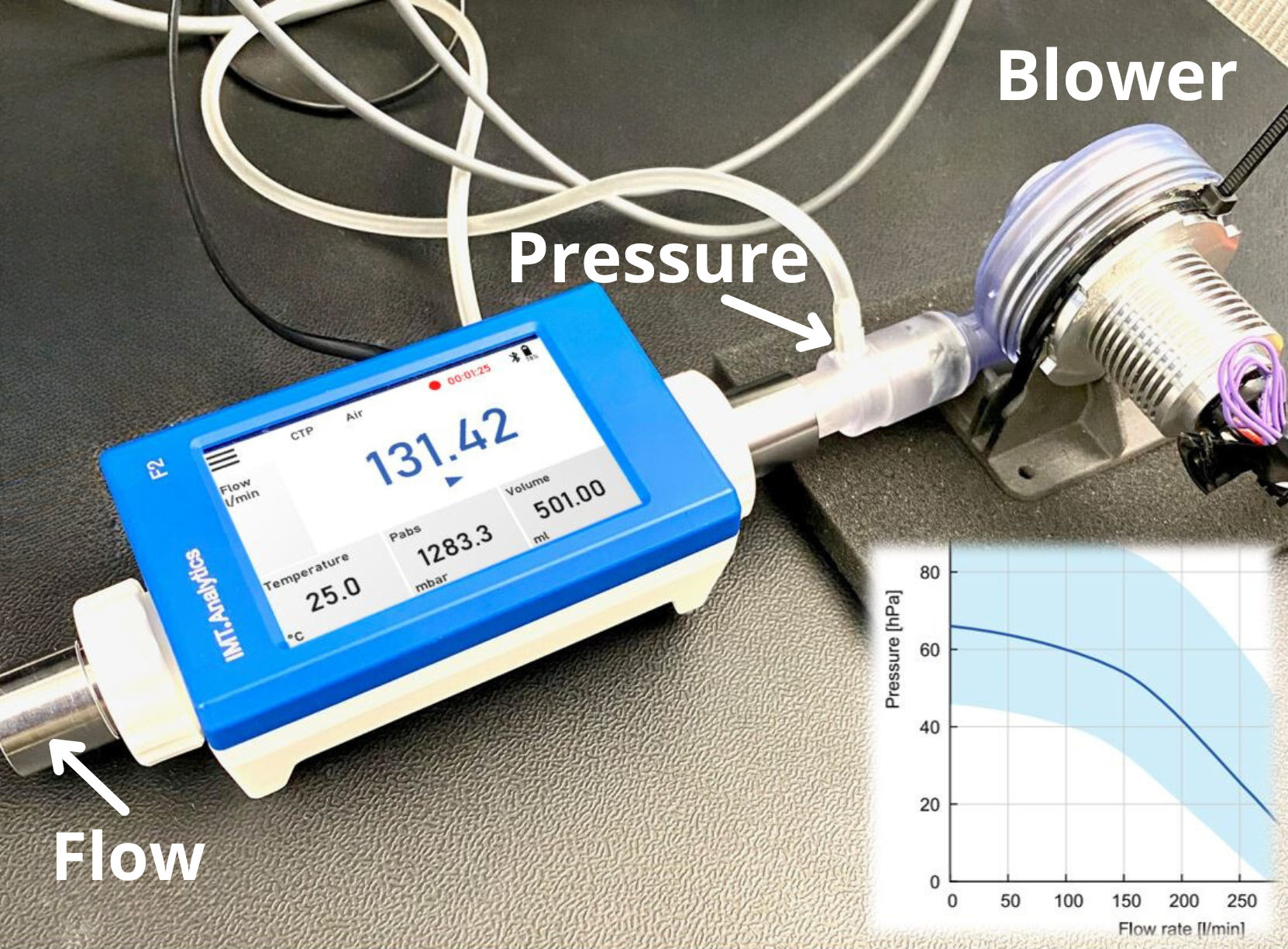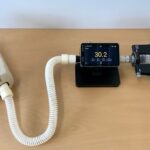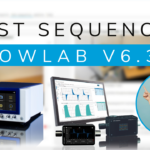Written by Prof
University of Veterinary medicine, A-1210 Vienna
Experience is a crucial factor in artificial respiration, and not only for humans; when medically treating animals, it is likewise important to know the different states of a ventilated lung. That’s why Yves Moens, Director of the Animal Care School at Vetmeduni Vienna (University of Veterinary Medicine Vienna), developed the SimVent ventilation simulator together with PhD student Hendrik Lehmann, which uses the SmartLung Infant by IMT Analytics.
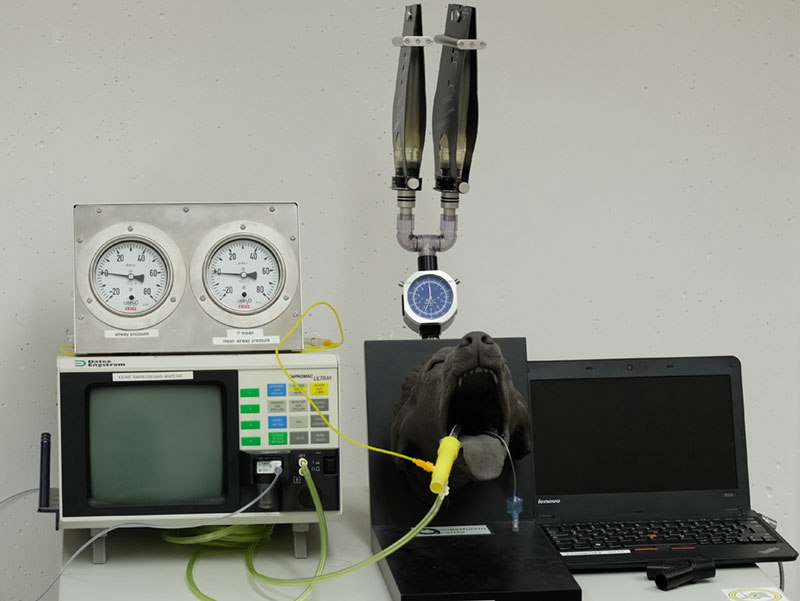
Practical learning
“I noticed that many veterinary medicine students lack practical knowledge about ventilation,” says Moens, explaining what led to the development of SimVent and SimVent light, the mobile version of the ventilation simulator. In addition to a manual breathing pump and gauges like a spirometer and pressure gauge, the devices also come with a SmartLung Infant that functions as an artificial lung for demonstrating the effects of ventilation to students.
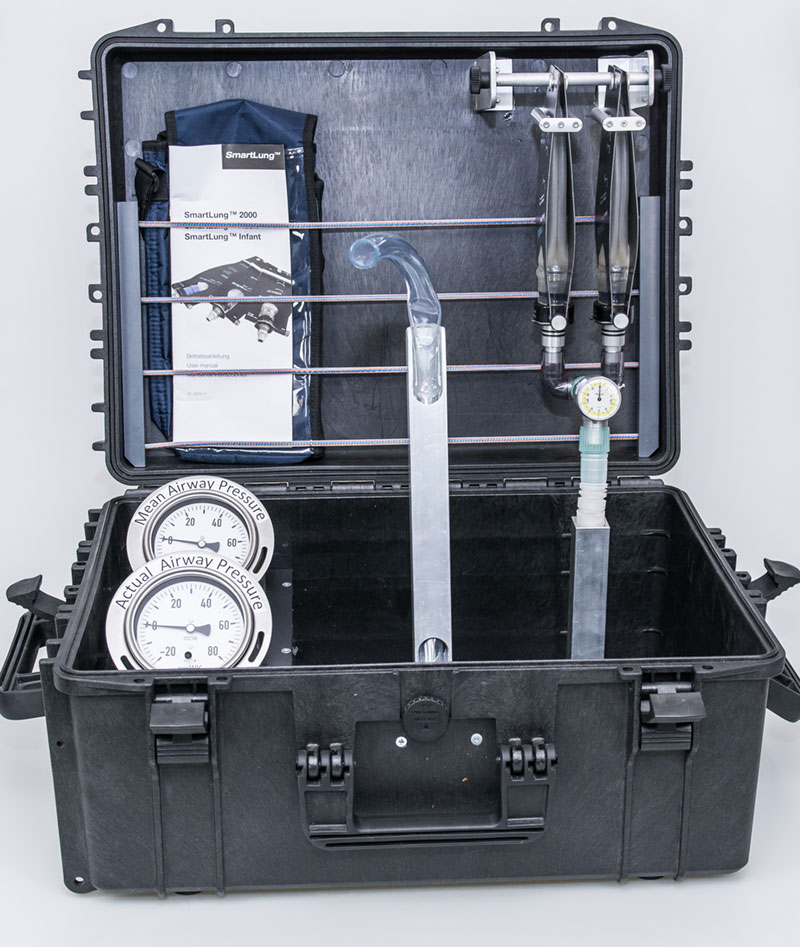
A ‘feel’ for ventilation
Use of the SmartLung Infant with its 500 ml bag is all down to its versatility, according to Moens: “Adjustment options for lung hardness, resistance and leakage allow students to become familiar with everyday ventilation phenomena they will need to be able to identify in an emergency situation.” They need to have practical experience in order to do this, so they can develop a ‘feel’ for ventilation. The lungs of children and those of animals like dogs and cats are quite similar from a medical point of view, which makes the SmartLung Infant an ideal tool.
In regular use
Vetmeduni students have access to the SimVent ventilation simulator at all times. Additionally, the portable SimVent light will soon be unveiled to the public and demonstrated at the World Congress of Veterinary Anaesthesiology in Venice in September – along with the SmartLung Infant by IMT Analytics of course.

